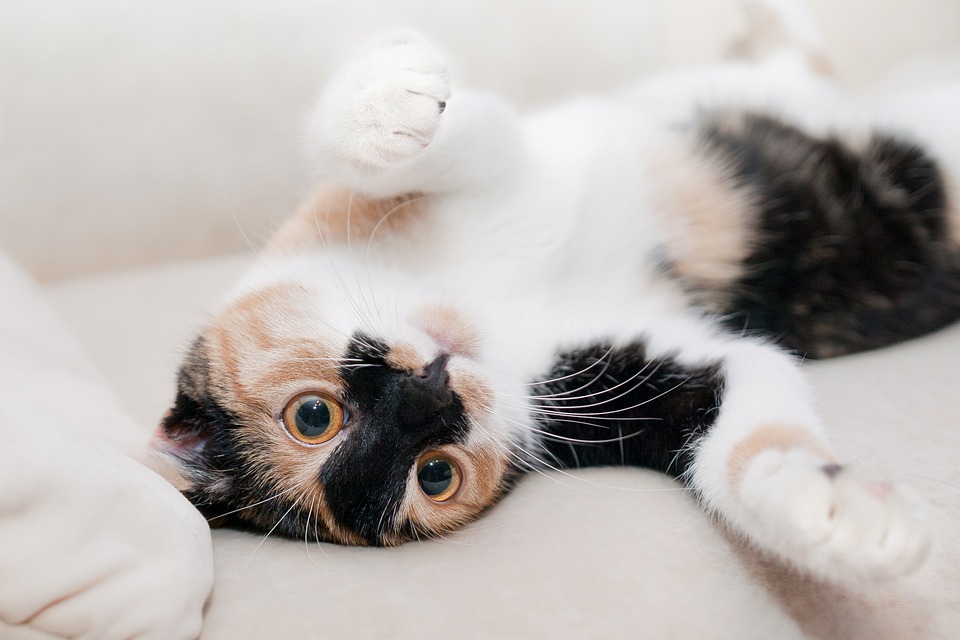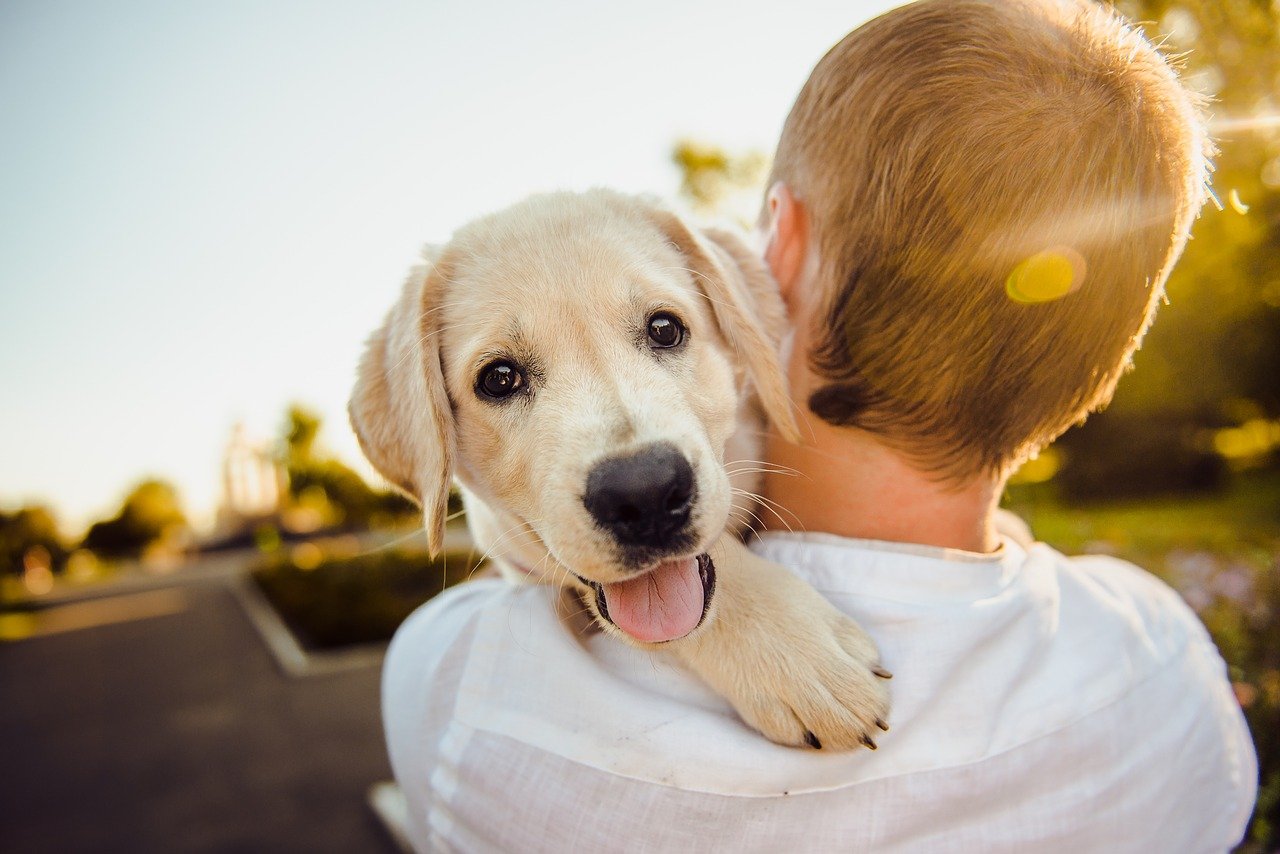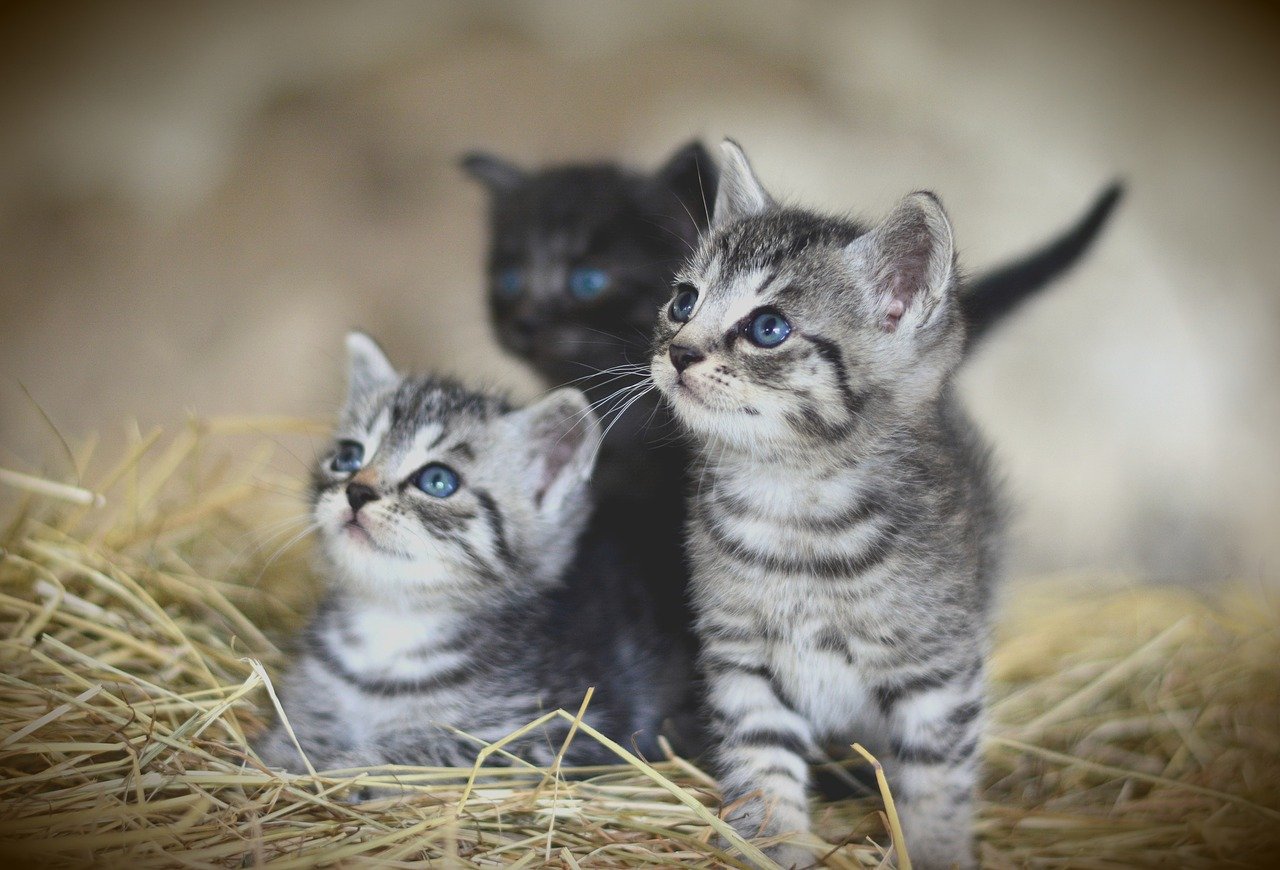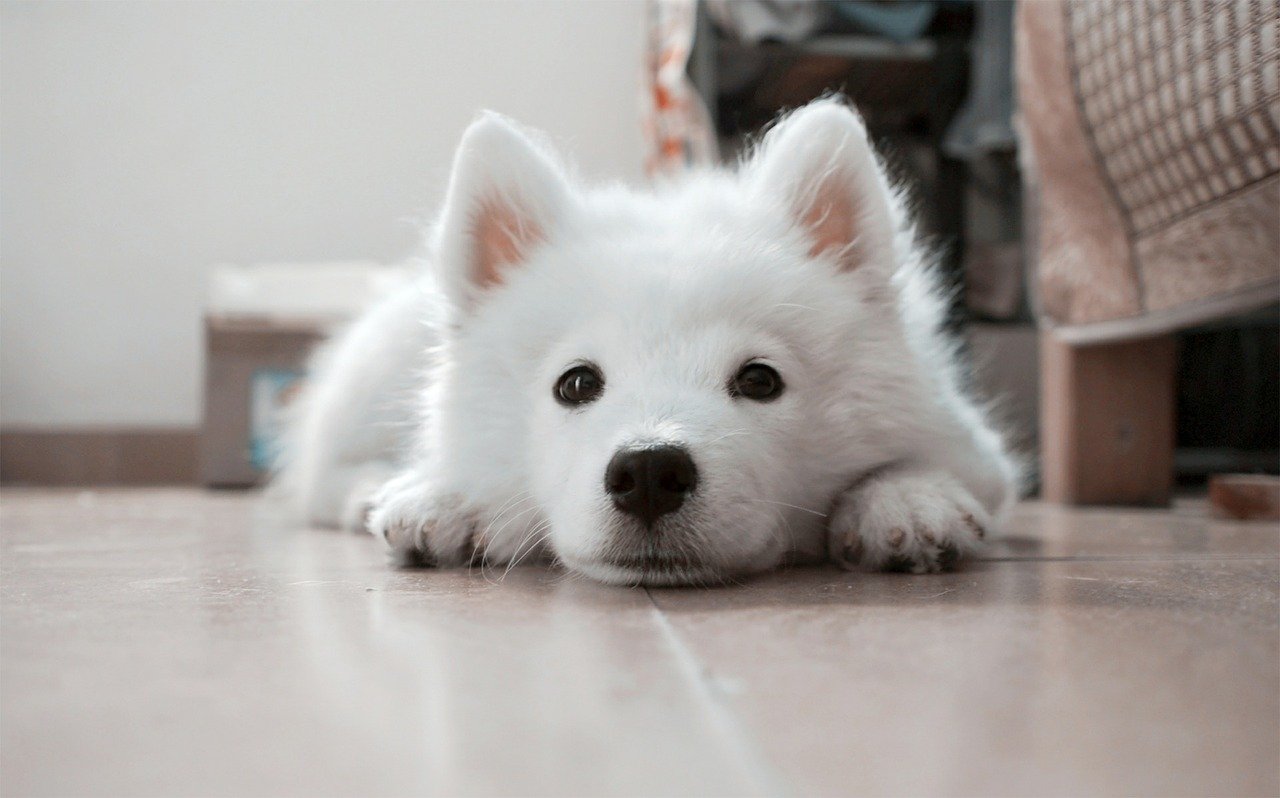Djungarian Hamster - How To Take Care For Siberian Hamster?
The Djungarian hamster is one of the smallest rodents kept at home as pets. Many small children dream of such an animal. Surprisingly, dwarf hamster doesn't need much care, so it's the best choice for small children. Check how to provide the best conditions for the Djungarian hamster and what are its most common diseases.
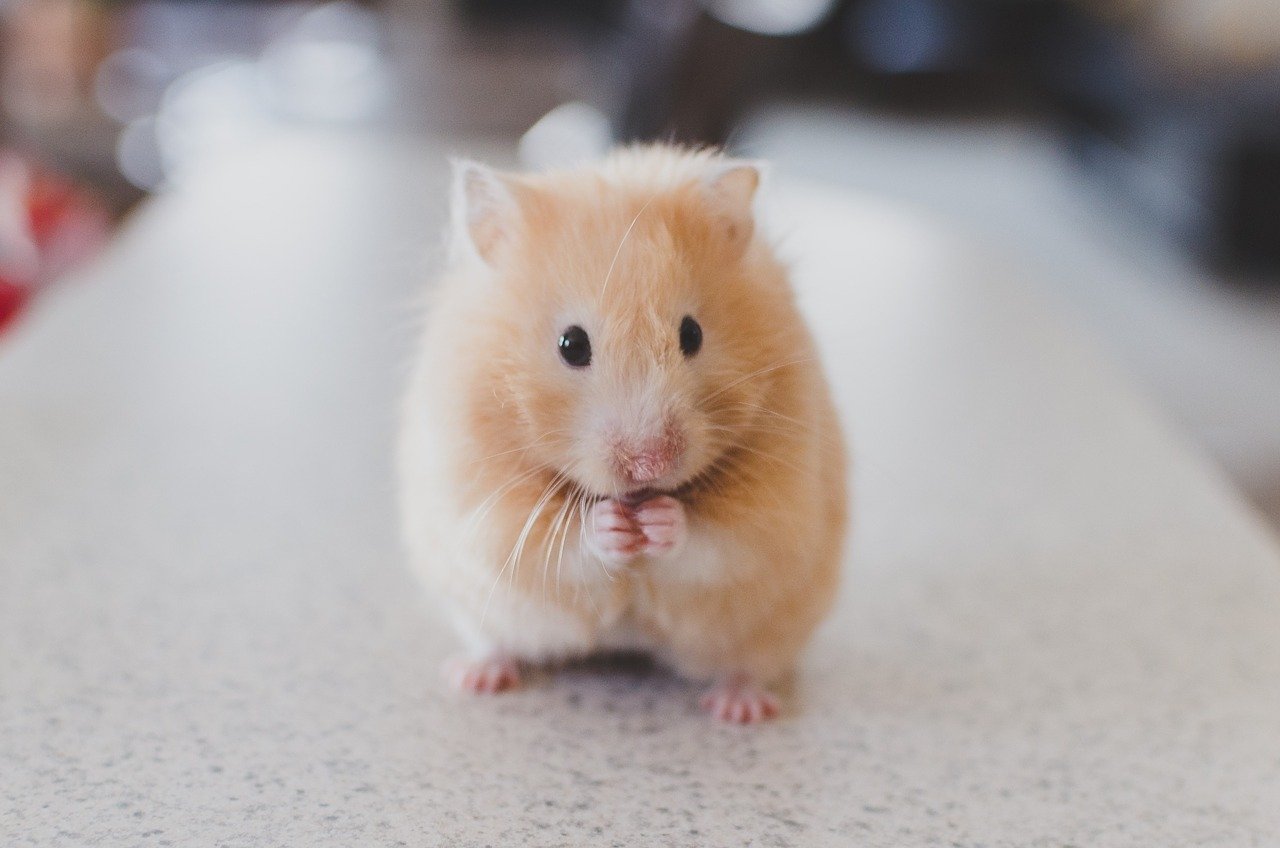
What are the characteristic features of a Djungarian hamster?
The Djungarian hamster is a small mammal, whose place of origin is Siberia. Apart from the common name, it’s also referred to as the dwarf hamster, Siberian hamster and Russian winter white dwarf hamster. It differs from other species mostly by its coat, but also by the ability to endure difficult weather conditions. In wilderness, it can survive even when the temperature drops to -40°C (-40 F). It’s possible because the rodent accumulates protection - fat under skin.
Apart from the mentioned issues, size also matters. The djungarian hamster typically does not exceed 10 cm in length and 50 g in weight.
The coat of the Djungarian hamster is also very characteristic. It is very short and thick. For this reason the animals are loved by children, who like to pet them.
What is the colour of the Djungarian hamster?
The coat of the Djungarian hamster might vary - it all depends on the particular breed. Dark-grey and light-brown animals with a dark stripe on the back are the most popular.
The Siberian hamster can also have a pearl-white, black, cream or ever slightly blue coat. Each of them looks very beautiful and is unique among other types.
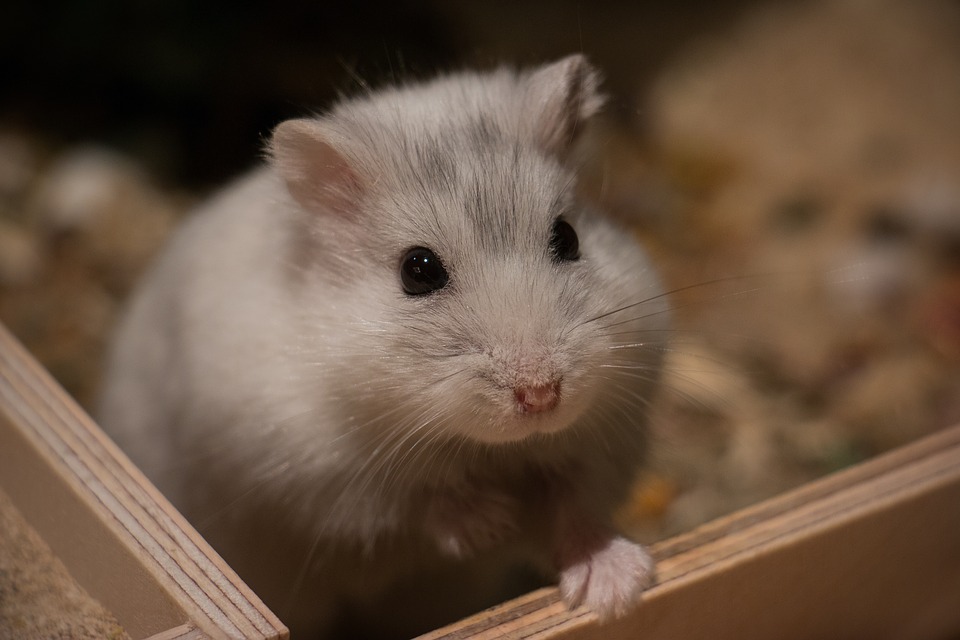
Djungarian hamster - personality
Hamsters are very curious rodents. The Djungarian hamster is no different from other species. It is a keen observer and it can sense a danger. Regardless, it is easy to tame and hence Winter white dwarf hamster is perfect for small children, as it does not need to much work on its character.
The Djungarian hamster is a very active animal - especially at night. This is when it looks for the best entertainment. If there is a treadmill in the cage - it will probably run on it.
Djungarian hamster diet - what does a dwarf hamster eat?
Although hamsters do not require any special care, they might be picky about the food. It is recommended to choose a high-quality food available in every pet shop. If you are unexperienced in this field and it’s your first Djungarian hamster - trust a specialist.
Apart from the main food, one should also diversify the Djungarian hamster diet with fresh products - similar as with guinea pigs. You can use fruit and vegetables such as:
- lettuce
- carrot
- cucumber
- apple
- banana
- pear
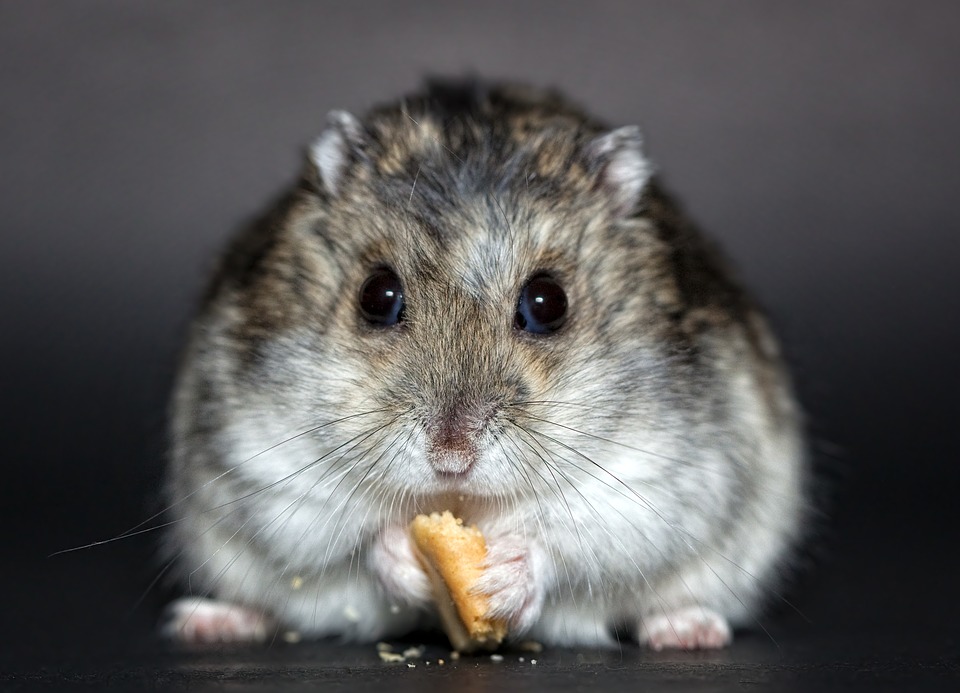
What are the best conditions for a Djungarian hamster?
An appropriate cage is the most important issue with regards to the conditions one should provide to a Siberian hamster to make it feel safe. Because of the small size of this rodent, it does not have to be very big like e.g. for a chinchilla.
The hygiene is also highly important. The cage has to be cleaned regularly - at least once a week, but you can do it more often as well.
Because the Siberian hamster is a very active rodent, it is recommended to put at least a few toys in its cage. It can be the mentioned wheel or tunnels where it can hide.
The toys for a Djungarian hamster must be safe. Because of this, buy them in trusted pet shops instead of random supermarkets.

What are the most common dwarf hamster diseases?
The Djungarian hamster is not prone to diseases. Among the most common dangers, the following diseases are mentioned:
- ophthalmia
- losing fur
- skin flaking off
- stomach issues
Some of the diseases might be a result of poor hygiene or improper diet. If you notice your Djungarian hamster behaves out of the norm - react. Take it for a consultation to the vet who will check if everything is alright.
How much does the Djungarian hamster cost?
The Djungarian hamster is one of the cheapest small rodents. The cost depends on where you buy it and on its coat.

Where to buy the Siberian hamster?
Most people decide to buy a Djungarian hamster in a pet shop. Although it might seem logical - it’s not the best decision. Not the best conditions might make the hamster distrustful, and it will be more difficult to tame.
Finding a professional hamstery where the rodents have the best possible conditions is a much better option. This way your Siberian hamster will be a happy and playful pet from the outset.
📍 What does the Siberian hamster loook like?
The Djungarian hamster is a small animal that has a small, practially invisible tal. Its body length doesn't exceed 11 centimeters, although females are much smaller. Djungarian hamsters are very fluffy and their coolors are a mixture of white and brown or grey.
📍 How long does the Djungarian hamster live?
Djungarian hamsters live from a year to even 3 years. What does the lifespan depends on? Most importantly, care and feeding, as well as the conditions the animals lives in. Various diseases are another factor.
📍 What can the Djungarian hamster eat?
Siberian hamsters aren't picky about their food - they eat, for instance fruits and vegetables. They like carrots, apples, broccoli, peppers and raspberries. You can also feed them with certain seeds - purchase them at a pet store.
📍 How much should a Djungarian hamster eat?
The Djungarian hamster is a small animal, so it doesn't eat too much. A teaspoon of dry food, e.g. a seed mix, plus fresh vegetables and fruit are enough. If you want to know whether the portion size is right, check the hamster's bed. If it hides the food in there, you should reduce the amount of food.
Featured articles
Maybe you're interested

